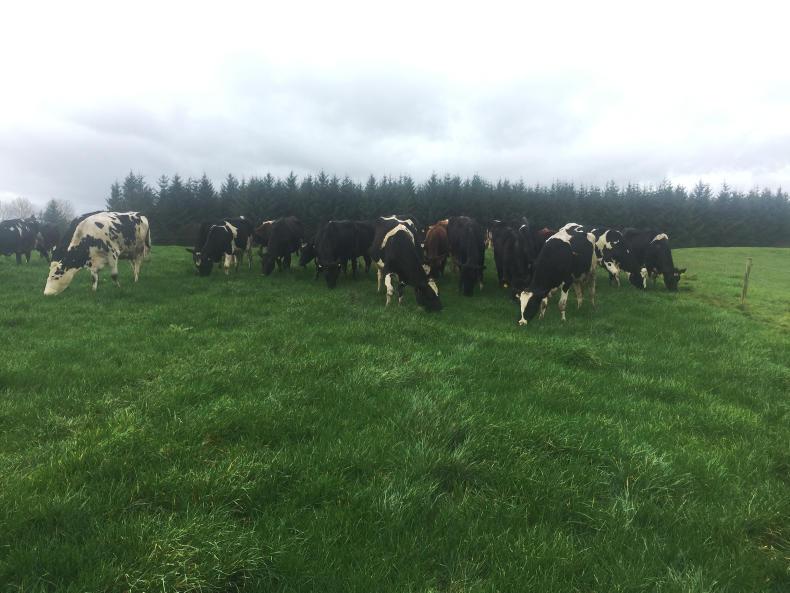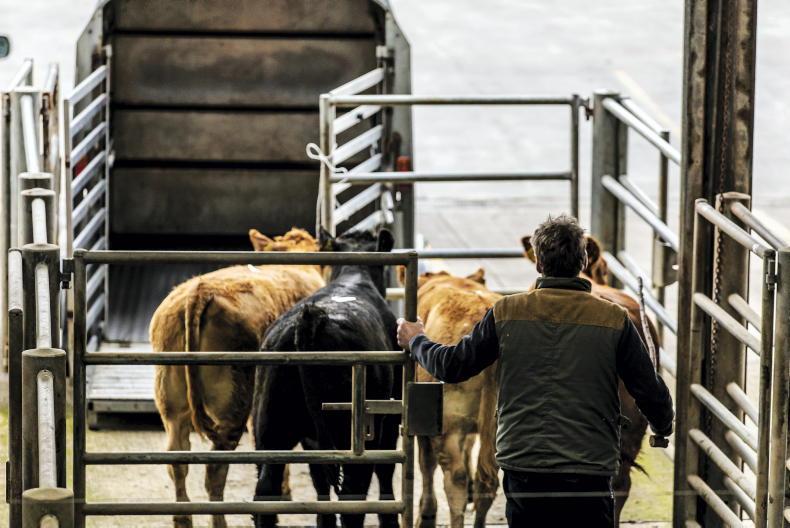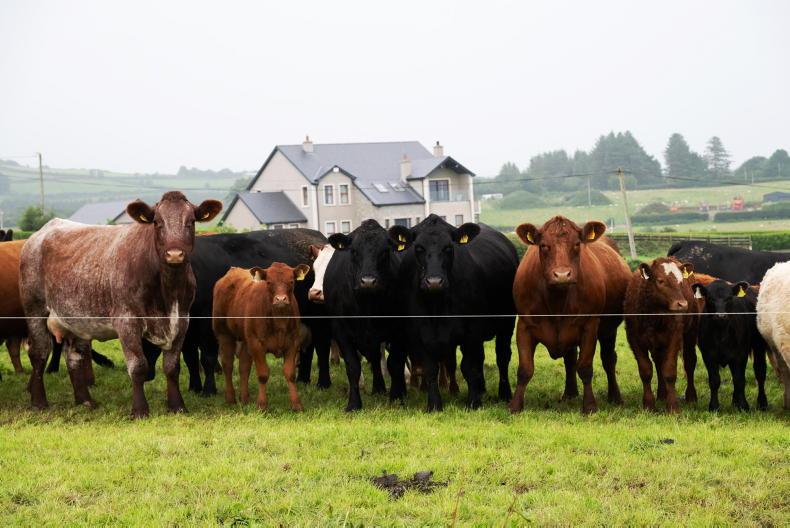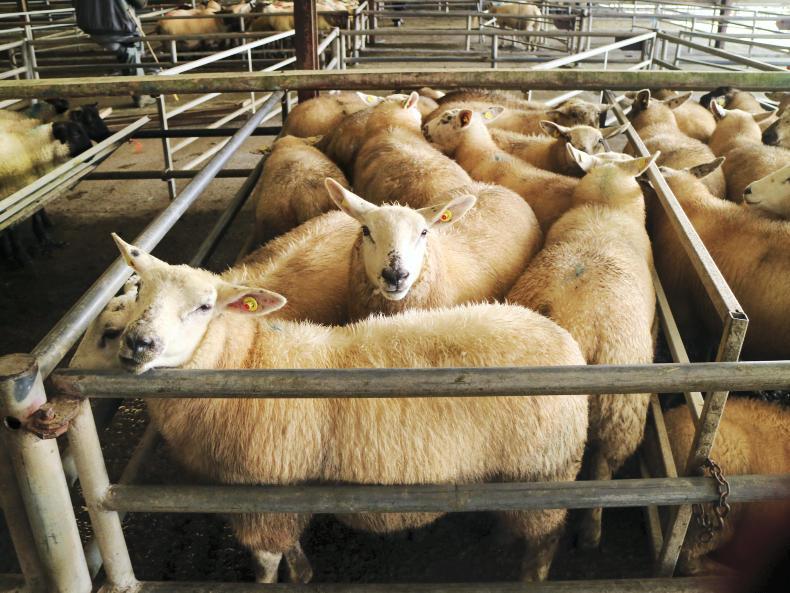On the dairy side, the routine animal health jobs over the next two months revolve around vaccinations and mineral supplementation.
In spring-calving herds that vaccinate for BVD and leptospirosis, these should be given in late March. The ideal time is after calving and well before the start of the breeding season.
Some vaccines (Bovilis BVD and Leptavoid-H) are licensed for use at the same time.
When using other vaccines you are recommended to wait two weeks between giving them. Animals that have not been vaccinated before will need two shots. Check the product label to see how far apart each shot should be.
Heifers that have not been vaccinated for either BVD or leptospirosis before will need their first vaccination soon.
Ideally, they should be vaccinated four weeks before the start of breeding. Animals that have been vaccinated before only need a booster shot and this should be given four weeks before the start of breeding.
The other animals that need vaccinations are calves. These should be vaccinated for clostridial diseases such as blackleg prior to turnout. Like with BVD and leptospirosis, they require two shots about six weeks apart to be fully immunised.
Yearling animals also need a booster shot of blackleg vaccine to be covered. Every year, we hear of cases of blackleg in animals in their second year.
Calves have no immunity to worms, maiden heifers should have some immunity and adult cows should have full immunity. Issues with a lack of immunity in the second year or in adult animals come about as a result of failure to build up enough immunity in the first year. This could be due to using too many doses and/or dosing too soon after turnout.
Calves should be left at least three weeks after turnout to build up natural immunity against stomach worms, but ideally calves should only be treated for the first time when symptoms show.
Symptoms are very loose dung and poor thrive as observed by liveweight gains.
Minerals
The most important mineral for milking cows is magnesium to prevent grass tetany. Extra magnesium must be supplemented to them in some way, either in the meal, water or on the grass. Their requirement for other minerals depends on what is being supplied in the diet. You won’t know this unless the forage is tested.
When grass is growing fast, the mineral content is low. April and May are important months to have minerals at optimum levels. This can be checked by taking blood samples and getting them analysed for minerals.
Most farmers rely on the minerals in the meal to supply all of their supplementary requirements. Last year many herds had pica, which is the symptom of phosphorus deficiency (eating stones, pipes, etc.)
Don’t forget the maiden heifers. Are they being covered for minerals also? Most mineral boluses cover trace elements only, and many do not include phosphorus or magnesium. Both of these can be supplied in the water or through mineral licks.
Read more
Special focus: animal health 2017
On the dairy side, the routine animal health jobs over the next two months revolve around vaccinations and mineral supplementation.
In spring-calving herds that vaccinate for BVD and leptospirosis, these should be given in late March. The ideal time is after calving and well before the start of the breeding season.
Some vaccines (Bovilis BVD and Leptavoid-H) are licensed for use at the same time.
When using other vaccines you are recommended to wait two weeks between giving them. Animals that have not been vaccinated before will need two shots. Check the product label to see how far apart each shot should be.
Heifers that have not been vaccinated for either BVD or leptospirosis before will need their first vaccination soon.
Ideally, they should be vaccinated four weeks before the start of breeding. Animals that have been vaccinated before only need a booster shot and this should be given four weeks before the start of breeding.
The other animals that need vaccinations are calves. These should be vaccinated for clostridial diseases such as blackleg prior to turnout. Like with BVD and leptospirosis, they require two shots about six weeks apart to be fully immunised.
Yearling animals also need a booster shot of blackleg vaccine to be covered. Every year, we hear of cases of blackleg in animals in their second year.
Calves have no immunity to worms, maiden heifers should have some immunity and adult cows should have full immunity. Issues with a lack of immunity in the second year or in adult animals come about as a result of failure to build up enough immunity in the first year. This could be due to using too many doses and/or dosing too soon after turnout.
Calves should be left at least three weeks after turnout to build up natural immunity against stomach worms, but ideally calves should only be treated for the first time when symptoms show.
Symptoms are very loose dung and poor thrive as observed by liveweight gains.
Minerals
The most important mineral for milking cows is magnesium to prevent grass tetany. Extra magnesium must be supplemented to them in some way, either in the meal, water or on the grass. Their requirement for other minerals depends on what is being supplied in the diet. You won’t know this unless the forage is tested.
When grass is growing fast, the mineral content is low. April and May are important months to have minerals at optimum levels. This can be checked by taking blood samples and getting them analysed for minerals.
Most farmers rely on the minerals in the meal to supply all of their supplementary requirements. Last year many herds had pica, which is the symptom of phosphorus deficiency (eating stones, pipes, etc.)
Don’t forget the maiden heifers. Are they being covered for minerals also? Most mineral boluses cover trace elements only, and many do not include phosphorus or magnesium. Both of these can be supplied in the water or through mineral licks.
Read more
Special focus: animal health 2017










SHARING OPTIONS